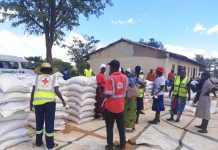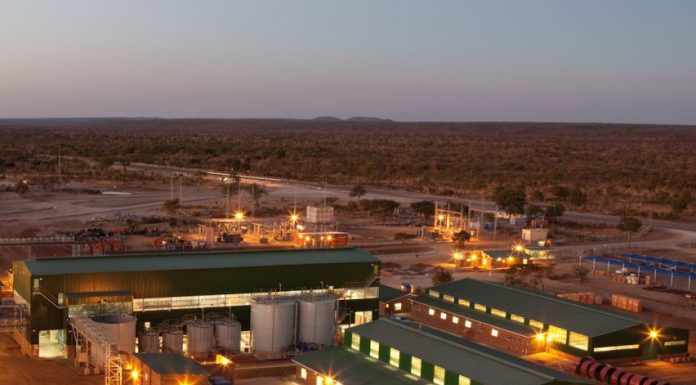
By Talkmore Gandiwa
The government is targeting 624,000 tonnes of wheat this year against the annual national requirement target of 360,000 tonnes. This will surpass the highest wheat production recorded in 1996.
This comes after the Ministry of Agriculture had a total planted area of 120,000 hectares for wheat production during the 2024 winter cereal production season, compared to the 90,912 hectares planted in 2023.
In a cabinet press briefing held today, Minister of Information Jenfan Muswere said the country has a comparative advantage in producing wheat rather than maize or sorghum in winter.
“The total production is estimated at 624,000 metric tonnes, against a national requirement of 360,000 metric tonnes annually,” said Muswere.
Additionally, he said the targeted hectarage will be financed through banks, the Presidential Input Scheme, ARDA (Estates + Joint Ventures), the Food Crop Contractors Association (FCCA), and self-financing.
Despite challenges in importing fertilizer due to the geopolitical conflict between Ukraine and Russia, the government stated there is enough wheat seed and chemicals, and some fertilizers and chemicals in stock for the 2024 winter cereals production season.
“The deficit in fertilizer requirements has to be met through imports,” said Muswere.
Although the country has been heavily impacted by the El Niño phenomenon resulting in erratic and low amounts of rainfall, the country said there is enough water in the country’s dams for the winter cereals production program.
“In terms of mechanization, there is enough capacity to adequately and timeously till the 120,000 hectares,” said Muswere.
Minister of Agriculture Anxious Masuka also revealed that there is adequate power supply for the winter wheat irrigation system for the season. A total of 200MW of power is required every day for the winter wheat irrigation against a total daily power production of 828MW on both Kariba and Hwange power station.
The government has also approved an incentive planning price of US$440 per metric tonne for wheat, and a planning price of US$360/mt for maize/sorghum.
These viable producer prices should incentivize farmers to commit more land to wheat production.
Government encourages all farmers with available irrigation and land to contribute to national efforts to produce a bumper wheat crop as part of the national strategy to ensure food security.
Masuka also highlighted that the government is making efforts to clear farmers’ backlog payments by the end of April 2024. “We are making an effort to clear the outstanding backlog of US$39 million to farmers by April,” said Masuka.











